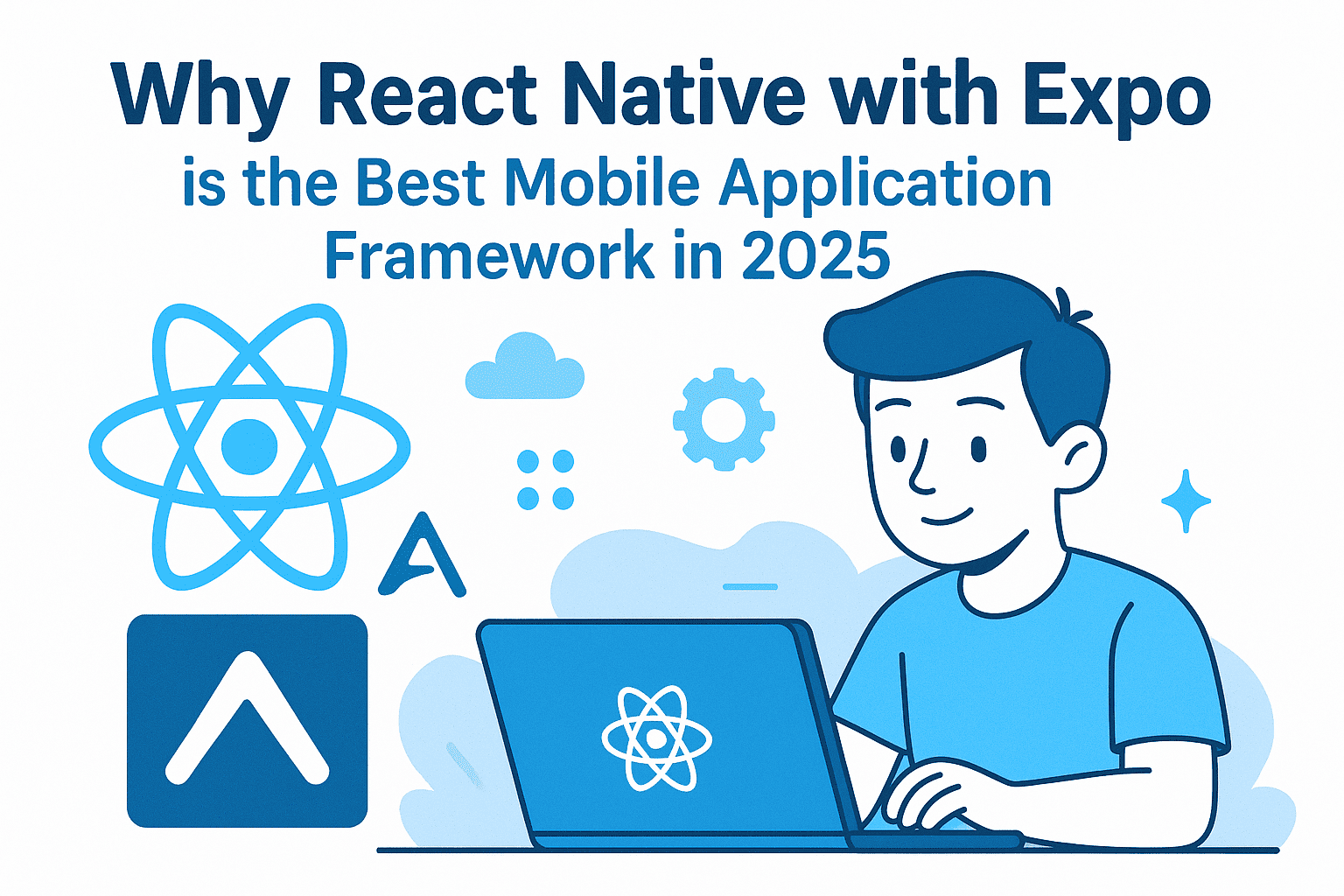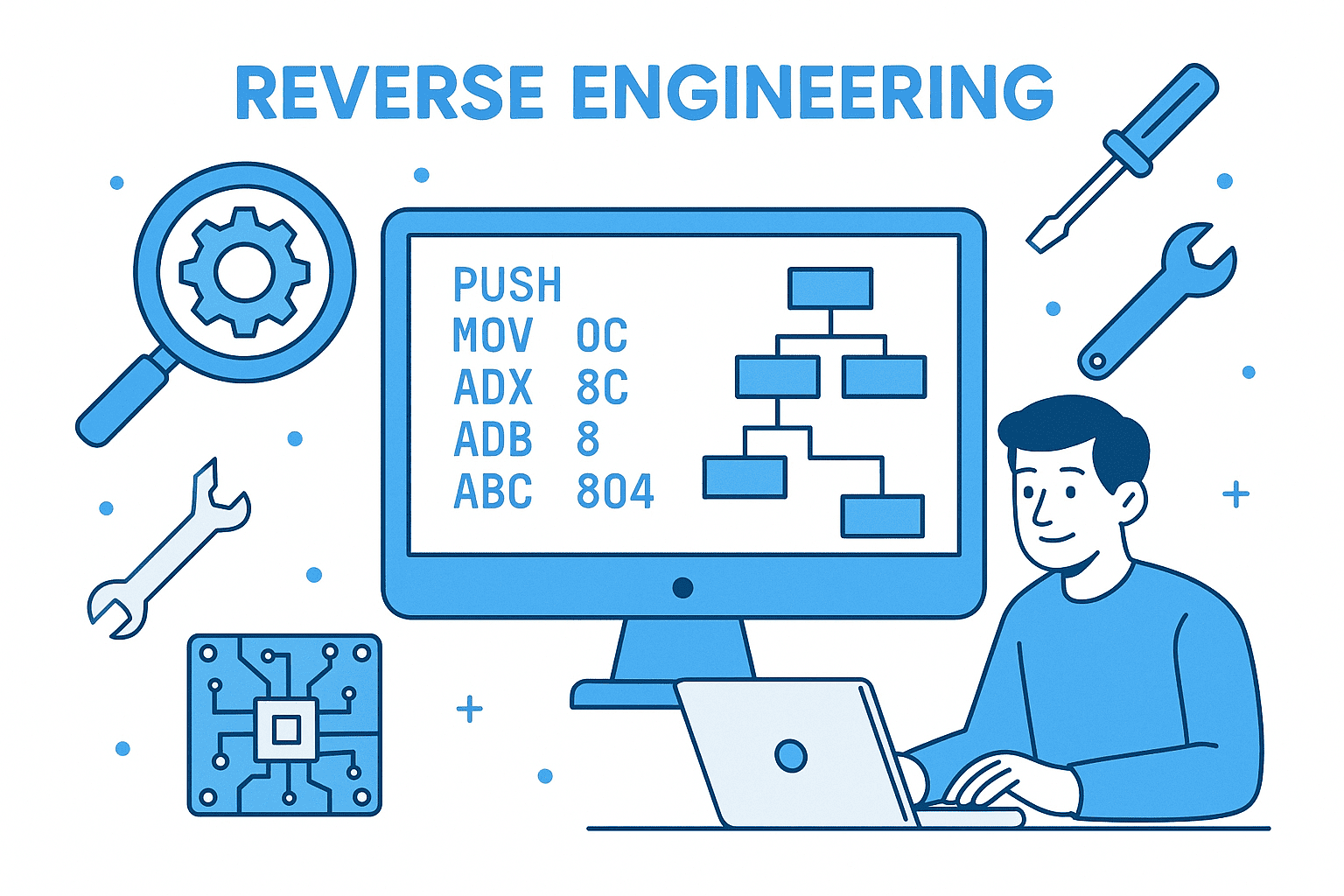In 2025, the mobile app development landscape is more competitive than ever. Developers are constantly balancing speed, performance, and scalability while meeting the demands of a rapidly evolving market. Amid this competition, React Native with Expo has emerged as the go-to framework for building cross-platform apps. Combining the power of React Native with the developer-friendly features of Expo, this stack is poised to dominate 2025. Here’s why.
Why React Native with Expo in 2025?
1. Seamless Cross-Platform Development
React Native has long been a favorite for cross-platform apps, and in 2025, it’s even more refined. With Expo, developers can write code once and deploy it on both iOS and Android without sacrificing performance or user experience. Expo’s managed workflow allows teams to focus on building features rather than configuring native modules, making it ideal for startups and solo developers.
2. Performance Boosts with Native Modules
While React Native has always been fast, Expo’s integration of Expo Go (the native app for testing) and the ability to use native modules via @expo/vector-icons or third-party libraries (like react-native-maps) ensures apps run smoothly. In 2025, Expo’s updates have further optimized performance, making it competitive with Flutter and native development.
3. Rich Expo Ecosystem
Expo’s ecosystem includes tools like Expo CLI, which simplifies project setup, and a vast library of pre-built components (e.g., expo-asset, expo-camera). Developers can leverage features like push notifications, geolocation, and real-time updates without writing native code. The Expo SDK also supports advanced features like 3D rendering and Bluetooth integration, keeping apps future-proof.
4. Active Community & Learning Resources
React Native has a massive community, and Expo’s integration with platforms like GitHub, Stack Overflow, and Dev.to makes troubleshooting and learning easier. In 2025, Expo’s documentation, tutorials, and open-source projects (like the Expo App itself) continue to grow, ensuring developers have access to up-to-date resources.
5. Scalability for Enterprise and Startups
From small personal projects to enterprise apps, React Native with Expo scales effortlessly. Companies like Instagram (Android) and Airbnb have used React Native for parts of their apps, proving its viability for large-scale projects. Expo’s bare workflow also allows developers to eject from the managed environment when more native customization is needed.
React Native with Expo Tech Stack Suggestions (2025)
A modern React Native app built on Expo often combines the following tools and libraries:
1. Navigation
- React Navigation: For complex app flows with deep linking and modals.
- React Router (experimental): For web-like routing in mobile apps.
2. State Management
- Redux Toolkit Or Zustand: For managing global state in larger apps.
- Context API: Lightweight state management for smaller projects.
3. UI Libraries
- Native Base: A popular, customizable design system for React Native.
- React Native Paper: For Material Design-inspired apps.
- Expo’s UI Components: Pre-built buttons, modals, and forms.
4. Backend Integration
- Firebase: Real-time databases, authentication, and cloud storage.
- Supabase: Open-source alternative to Firebase with Postgres backend.
- REST APIs (e.g., Laravel, Express, Spring Boot): For custom backend needs.
5. Expo-Specific Tools
- Expo CLI: For project creation and testing.
- Expo Go: Native app for testing, debugging, and live reloads.
- Expo SDK Features: Access to Bluetooth, camera, and location APIs.
Applications Built with React Native + Expo (2025 Examples)
Several well-known apps have embraced React Native with Expo, proving its reliability:
-
Instagram (Android)
- Instagram’s Android app uses React Native for parts of its interface, leveraging Expo’s performance and scalability.
-
The New York Times App
- The app uses React Native for cross-platform content delivery, with Expo managing the native integrations.
-
Airbnb (Some Features)
- Airbnb’s “Expo+” project explores React Native for its core features, including listings and user profiles.
-
Open-Source Projects
- Apps like Expo DevTools, React Native Paper, and GitHub repositories.
-
Startup Examples
- Companies like Notion, Stripe, and Figma have used React Native with Expo for their mobile apps, citing faster development cycles and cost savings.
see more at here
Conclusion: React Native with Expo in 2025
In 2025, React Native with Expo remains the best choice for developers seeking a balance between performance, ease of use, and flexibility. Its ability to scale from simple apps to enterprise-grade solutions, combined with Expo’s rich ecosystem and community support, makes it a future-proof framework.
Whether you’re building a personal project or scaling to thousands of users, React Native with Expo offers the tools to succeed. As 2025 unfolds, this stack will continue to evolve, staying ahead of trends and empowering developers to create apps that delight users.
Ready to build your next app? Start with React Native and Expo — the future is mobile, and it’s written in Typescript. 🚀
🚀 Let’s build something amazing! If you have a project in mind or need help with your next design system, feel free to reach out.
📧 Email: safi.abdulkader@gmail.com | 💻 LinkedIn: @abdulkader-safi | 📱 Instagram: @abdulkader.safi | 🏢 DSRPT
Drop me a line, I’m always happy to collaborate! 🚀



